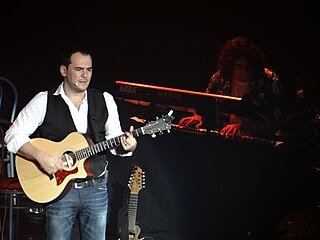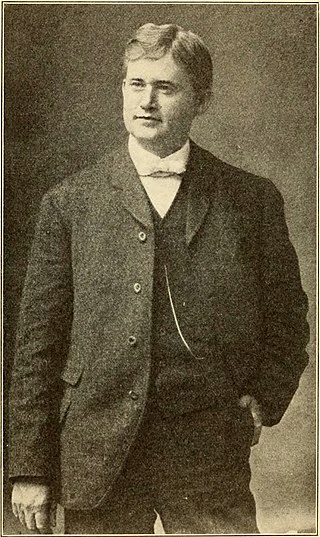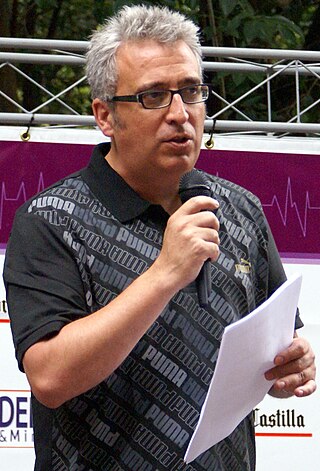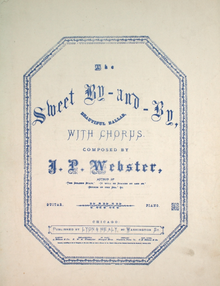"How Can I Keep From Singing?" is an American folksong originating as a Christian hymn. The author of the lyrics was known only as 'Pauline T', and the original tune was composed by American Baptist minister Robert Lowry. The song is frequently, though erroneously, cited as a traditional Quaker or Shaker hymn. The original composition has now entered into the public domain, and appears in several hymnals and song collections, both in its original form and with a revised text that omits most of the explicitly Christian content and adds a verse about solidarity in the face of oppression. Though it was not originally a Quaker hymn, Quakers adopted it as their own in the twentieth century and use it widely today.

Ismael Serrano is a singer-songwriter and guitarist from Spain, popular in Spain and Latin America, known for his often political lyrics and eclectic musical influences. During his creative career he has been influenced by other Spanish singer-songwriters such as Joaquín Sabina, Joan Manuel Serrat and the Cuban Silvio Rodríguez amongst others. His music also shows influences from renowned poets such as Luis García Montero and Mario Benedetti.

"I Surrender All" is a Christian hymn, with words written by American art teacher and musician Judson W. Van DeVenter (1855–1939), who subsequently became a music minister and evangelist. It was put to music by Winfield S. Weeden (1847–1908), and published in 1896.
Federico José Pagura was an Argentine religious leader and champion of human rights. He was born on February 9, 1923, in Arroyo Seco, Santa Fe, Argentina. Converted to Methodism in his adolescence, became a normal school teacher and graduated from the Facultad Evangélica de Teología in Buenos Aires. He did post-graduate studies in the United States and was ordained a Methodist pastor in 1950.

Grandes Éxitos 1991–2004 is the first greatest hits album from Spanish singer-songwriter Alejandro Sanz. The album assembles his previous hits in two CDs; the first contains songs from 1991 to 1996 of the albums Viviendo Deprisa, Si Tú Me Miras, Básico and 3 and the second the hits from 1997 to 2004 of the albums Más, El Alma al Aire, MTV Unplugged and No Es lo Mismo. For this album, Sanz recorded two new songs, the single "Tú No Tienes Alma" and "Cuando Sea Espacio".
Hymns are an important part of the history and worship of the Church of Jesus Christ of Latter-day Saints.

"Es ist ein Ros entsprungen" is a Christmas carol and Marian hymn of German origin. It is most commonly translated into English as "Lo, how a rose e'er blooming" and is also called "A Spotless Rose" and "Behold a Rose of Judah". The rose in the German text is a symbolic reference to the Virgin Mary. The hymn makes reference to the Old Testament prophecies of Isaiah, which in Christian interpretation foretell the Incarnation of Christ, and to the Tree of Jesse, a traditional symbol of the lineage of Jesus. Because of its prophetic theme, the hymn is popular during the Christian season of Advent.
"How Great Thou Art" is a Christian hymn based on an original Swedish hymn entitled "O Store Gud" written in 1885 by Carl Boberg (1859–1940). The English version of the hymn and its title are a loose translation by the English missionary Stuart K. Hine from 1949. The hymn was popularised by George Beverly Shea and Cliff Barrows during Billy Graham's crusades. It was voted the British public's favourite hymn by BBC's Songs of Praise. "How Great Thou Art" was ranked second on a list of the favourite hymns of all time in a survey by Christianity Today magazine in 2001 and in a nationwide poll by Songs Of Praise in 2019.

"The Lily of the Valley" is a Christian hymn written by William Charles Fry (1837–1882) in London for the Salvation Army. Ira D. Sankey arranged the words to the music of "The Little Old Log Cabin In The Lane" composed by Will Hays.
Russell Schulz-Widmar is a composer, author, and conductor, and a former Professor of Liturgical Music at the Seminary of the Southwest in Austin, Texas. For much of his career he lived in Austin, Texas and upon retirement he has divided his time between Berlin, Germany and Dallas, Texas. He is married to Hubertus Schulz-Wilke.

Charles Davis Tillman —also known as Charlie D. Tillman, Charles Tillman, Charlie Tillman, and C. D. Tillman—was a popularizer of the gospel song. He had a knack for adopting material from eclectic sources and flowing it into the mix now known as southern gospel, becoming one of the formative influences on that genre.

Every Time I Feel the Spirit is a 1959 studio album by Nat King Cole, of spirituals, arranged by Gordon Jenkins. Cole is accompanied by the First Church of Deliverance Choir of Chicago, Illinois. The album was re-issued by Capitol Records in 1966 under the new title, Nat King Cole Sings Hymns and Spirituals. Several bonus tracks, recorded between 1951 and 1961 and arranged by Nelson Riddle and others, were added to later CD re-issues.

Uno No Es Uno is the second album by Argentine singer Noel Schajris released on October 13, 2009.
"Softly and Tenderly" is a Christian hymn. It was composed and written by Will L. Thompson in 1880. It is based on the Bible verse Mark 10:49.

Canaan Hymns or Songs of Canaan is a collection of Chinese hymns composed by Lü Xiaomin, a Christian convert peasant woman with no musical education, beginning in 1990. Lü's theological background is in Pentecostalism and the local churches movement, and the hymns reflect themes of Christology, pneumatology and eschatology against the backdrop of Chinese political realities.

Leonardo González Feliz, better known as Leo Harlem, is a Spanish comedian and late-blooming actor.
“Placentero nos es trabajar” is a popular Latter-day Saint hymn written by Mormon missionary Andrés C. González during the Mexican Revolution.
The hymn ¿Por qué somos? by Edmund W. Richardson is Mormon hymn that was initially published in the 1912 edition of Himnos de Sion, the Spanish-language hymnbook of The Church of Jesus Christ of Latter-day Saints. It is one of the three hymns that were written originally in Spanish that are included in the 1992 Spanish hymnal. The hymn has also been included in the Portuguese hymnal as “De que rumo vêm os homens”, though it is not included in the current hymnbook in that language. The original publication indicated that it should be sung to the tune of hymn 50 in Songs of Zion, which was ELIZA by Joseph J. Daynes.










